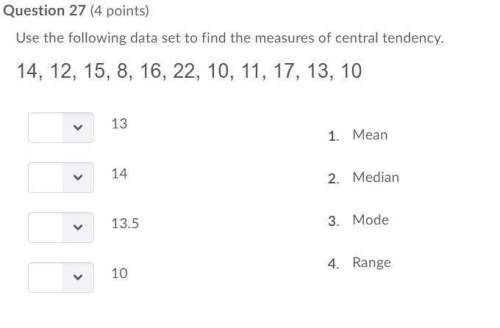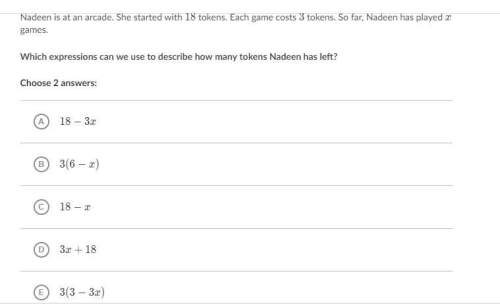
Mathematics, 12.03.2020 17:26, nacho5317
A binary message m, where m is equal either to 0 or to 1, is sent over an information channel. Because of noise in the channel, the message received is X, where X = m + E, and E is a random variable representing the channel noise. Assume that if X ≤ 0.5 then the receiver concludes that m = 0 and that if X > 0.5 then the receiver concludes that m = 1. Assume that E ∼ N(0, 0.24). If the true message is m = 0, what is the probability of an error, that is, what is the probability that the receiver concludes that m = 1?

Answers: 2
Other questions on the subject: Mathematics

Mathematics, 21.06.2019 18:00, keasiabrown25
Determine the difference: 3.2 × 1010 – 1.1 × 1010. write your answer in scientific notation.
Answers: 1


Mathematics, 22.06.2019 00:00, xojade
Maci and i are making a small kite. two sides are 10". two sides are 5". the shorter diagonal is 6". round all your answers to the nearest tenth. 1. what is the distance from the peak of the kite to the intersection of the diagonals? 2. what is the distance from intersection of the diagonals to the top of the tail? 3. what is the length of the longer diagonal?
Answers: 3

Mathematics, 22.06.2019 01:00, lolhgb9526
Sanderson is having trouble with his assignment. his shown work is as follows: − 3 7 7 3 = − 3 7 × 7 3 = − 21 21 = −1 however, his answer does not match the answer that his teacher gives him. complete the description of sanderson's mistake. find the correct answer.
Answers: 3
Do you know the correct answer?
A binary message m, where m is equal either to 0 or to 1, is sent over an information channel. Becau...
Questions in other subjects:



Chemistry, 07.09.2020 02:01



History, 07.09.2020 02:01



History, 07.09.2020 02:01








